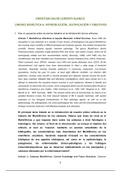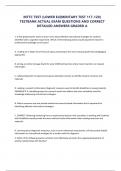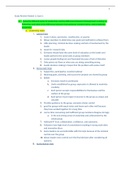Otro
Actividad 2 del Tema 6 de I+D en Ciencias del Mar (UCV Ciencias del Mar) - Introducción, Justificación y Objetivos
- Grado
- I + D
Respuestas de la Actividad 2 del Tema 6 de la asignatura de I+D en Ciencias del Mar, del primer cuatrimestre del tercer año del grado en Ciencias del Mar, de la UCV.
[Mostrar más]












